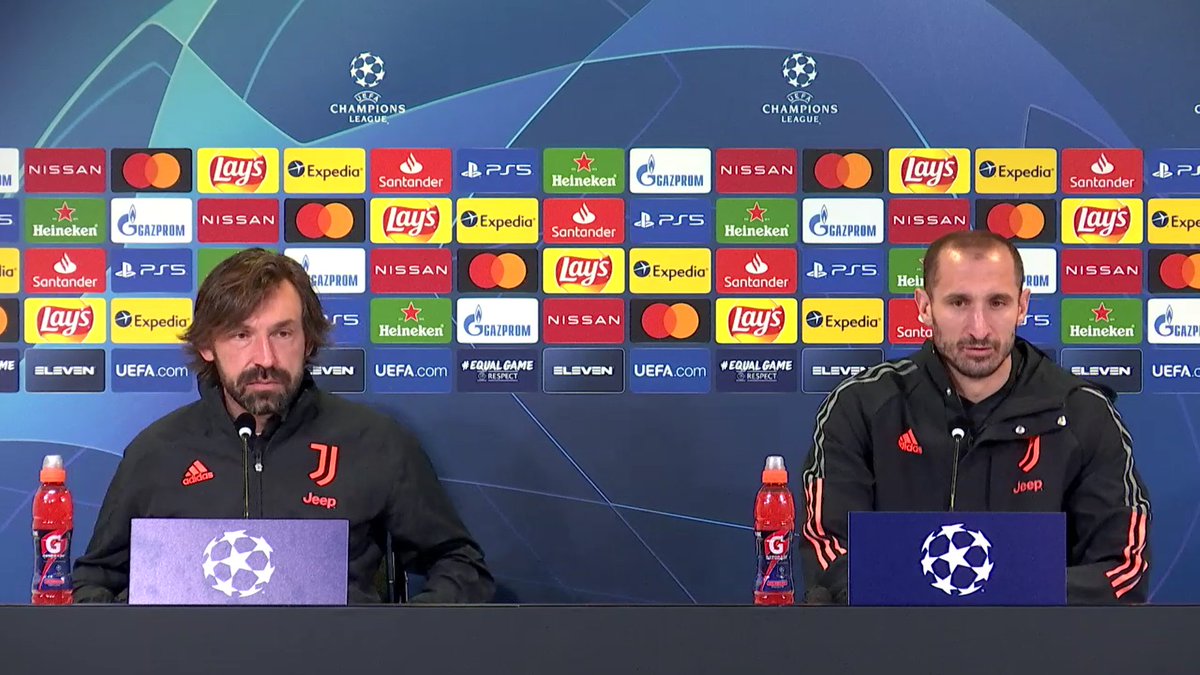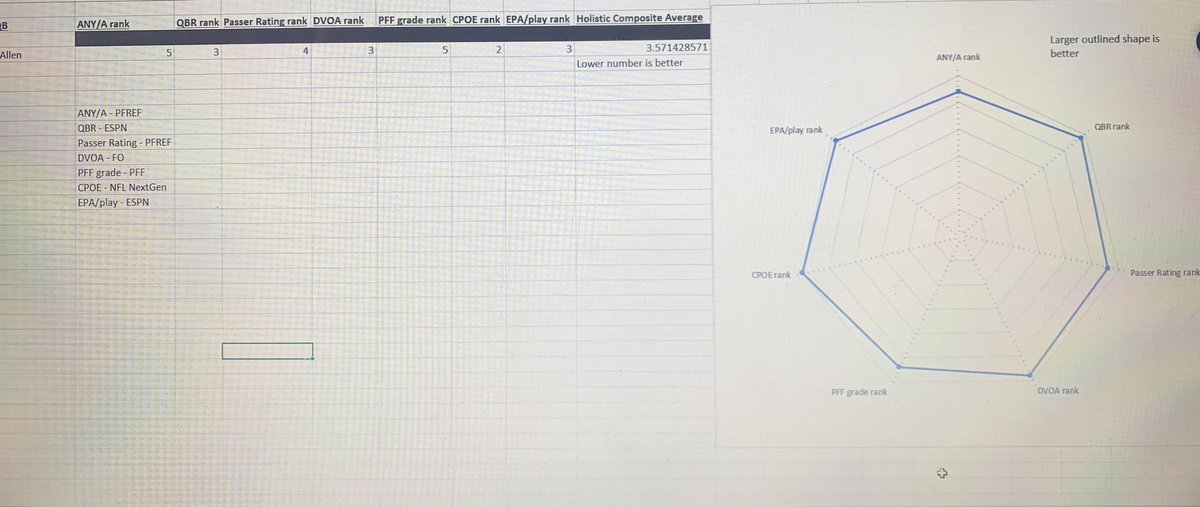Knowledge & Bharat : Part V
The Curriculum of Vedic Education :
According to the Ancient Indian theory of education, the training of the mind & the process of thinking, are essential for the acquisition of knowledge.
#Thread
Vedic Education System delivered outstanding results. These were an outcome of the context in which it functioned. Understanding them is critical in the revival of such a system in modern times.
The Shanthi Mantra spells out the context of the Vedic Education System.
It says:
ॐ सह नाववतु ।
सह नौ भुनक्तु ।
सह वीर्यं करवावहै ।
तेजस्वि नावधीतमस्तु मा विद्विषावहै ।
ॐ शान्तिः शान्तिः शान्तिः ॥
“Aum. May we both (the guru and disciples) together be protected. May we both be nourished and enriched. May we both bring our hands together and work
with great energy, strength and enthusiasm from the space of powerfulness. May our study and learning together illuminate both with a sharp, absolute light of higher intelligence. So be it.”
The students started the recitation of the Vedic hymns in early hours of morning.
The chanting of Mantras had been evolved into the form of a fine art. Special attention was paid to the correct pronunciation of words, Pada or even letters. The Vedic knowledge was imparted by the Guru or the teacher to the pupil through regulated and prescribed pronunciation,


























